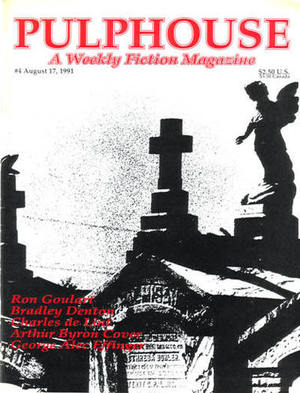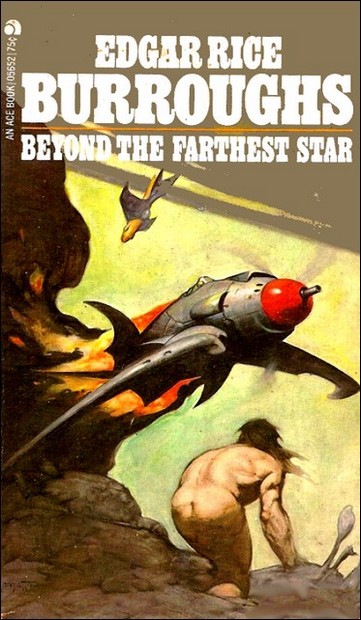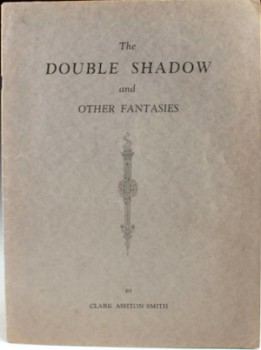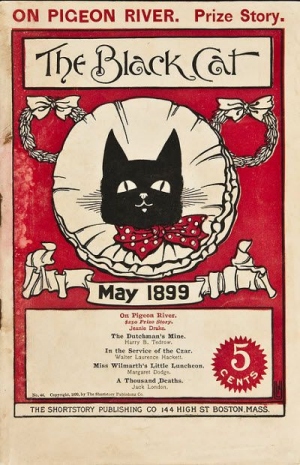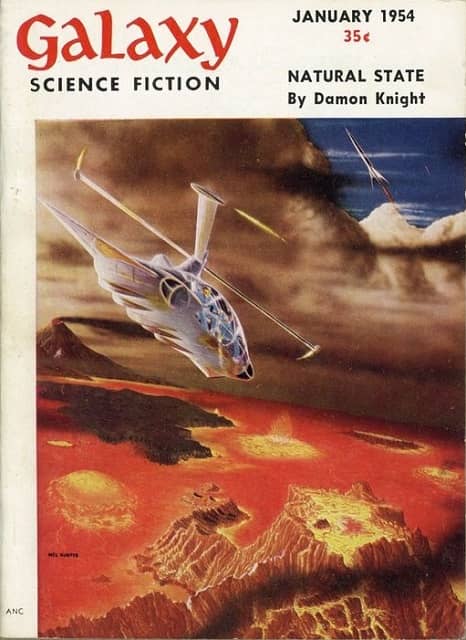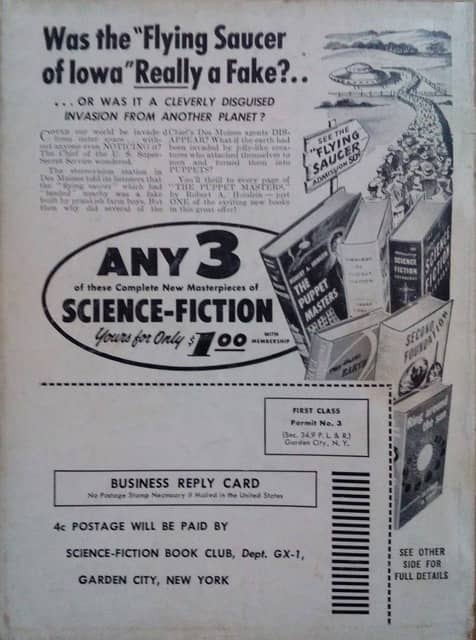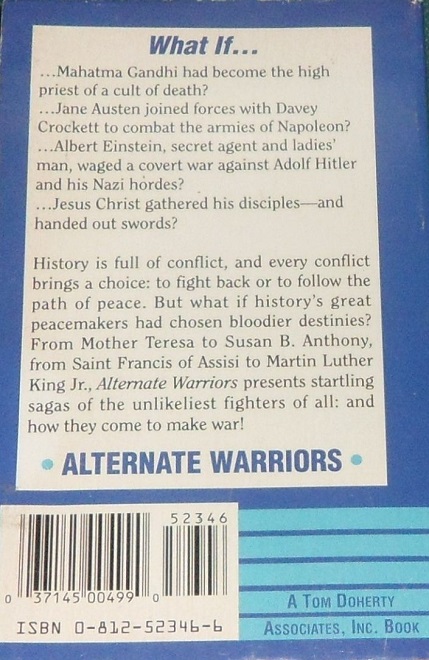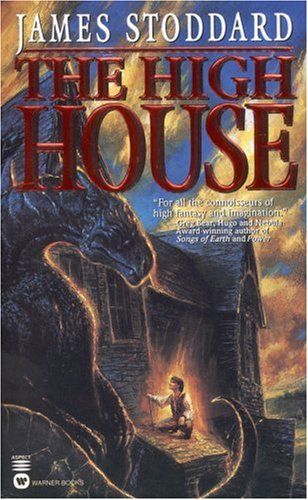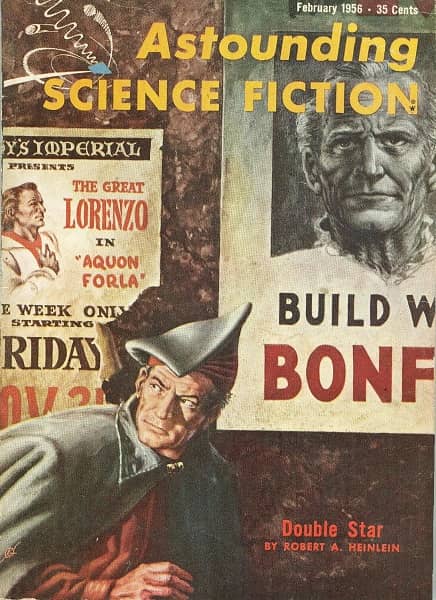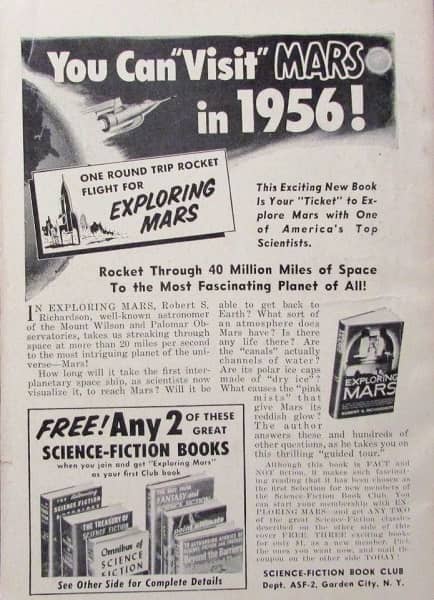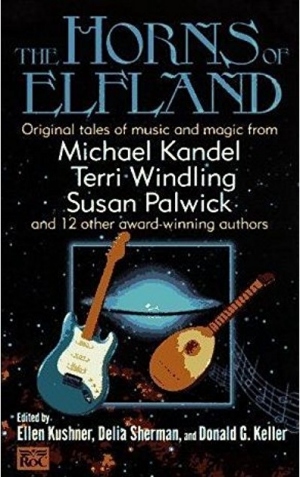Birthday Reviews: Robert Silverberg’s “When We Went to See the End of the World”
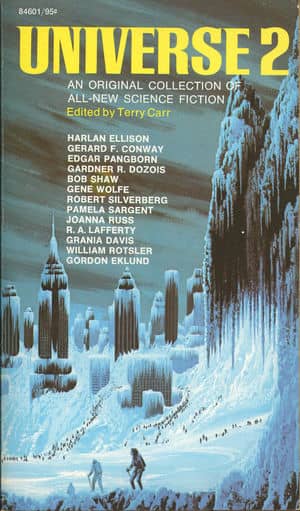
Robert Silverberg was born on January 15, 1935. In 1956, he won a Hugo for being the Most Promising New Author, nearly two decades before the John W. Campbell, Jr. Award debuted. He has subsequently won two Hugo Awards for Best Novella and one for Best Novelette. Silverberg has also received two Nebula Awards for Best Short Story, two more for Best Novella, and one for Best Novel.
He has won or been nominated for numerous other awards. Silverberg was a Guest of Honor at Heicon ‘70, the 28th Worldcon, held in Heidelberg, Germany. He was inducted into the Science Fiction Hall of Fame in 1999 and named an SFWA Grand Master in 2004. Other lifetime achievement awards include the Big Heart Award, the Forry Award, the Prix Utopia, the Skylark Award, the Milford Award.
“When We Went to See the End of the World” was published in Universe 2 in 1972 by Terry Carr. The story was nominated for both the Hugo and Nebula Award. Carr reprinted it the following year in The Best Science Fiction of the Year #2, and Isaac Asimov included it in Nebula Award Stories Eight. Lester del Rey also included it in his Best Science Fiction Stories of the Year, Second Annual Collection. It has since been included in several collections and anthologies and has been translated into Italian, Dutch, German, French, and Russian.
“When We Went to See the End of the World” is set at a cocktail party which in many ways seems very much of the early seventies when the story was written. Casual sex and marijuana are routine, but the main focus of the story is Nick and Jane telling the rest of the attendees about their recent excursion to see the end of the world.
Such excursions are new, only recently having come down from a price where only millionaires could afford to go, so Nick and Jane gained social status by being the first in their neighborhood to see the end of the world, and Nick sees the opportunity to have an affair with a neighbor’s wife.
Their status, and Nick’s chances for an affair, appear to be ended when a couple of latecomers to the party indicate that they have also taken the journey to the end of the world, although the world they saw was extremely different from what Nick and Jane had experienced. Before either couple can accuse each other of lying about their experiences, another couple announces that they completed the journey and saw someone else when they were there.
The story is a reasonably light-hearted look at a common idea in science fiction and presents a reasonable explanation for the multiple experiences the party-goers who visited the end of the world had. At the same time, since all of the activity takes place in the confines of the cocktail party, it is quite possible to read “When We Went to See the End of the World” is a story about people trying to one up each other, rather than relating their actual experiences.
